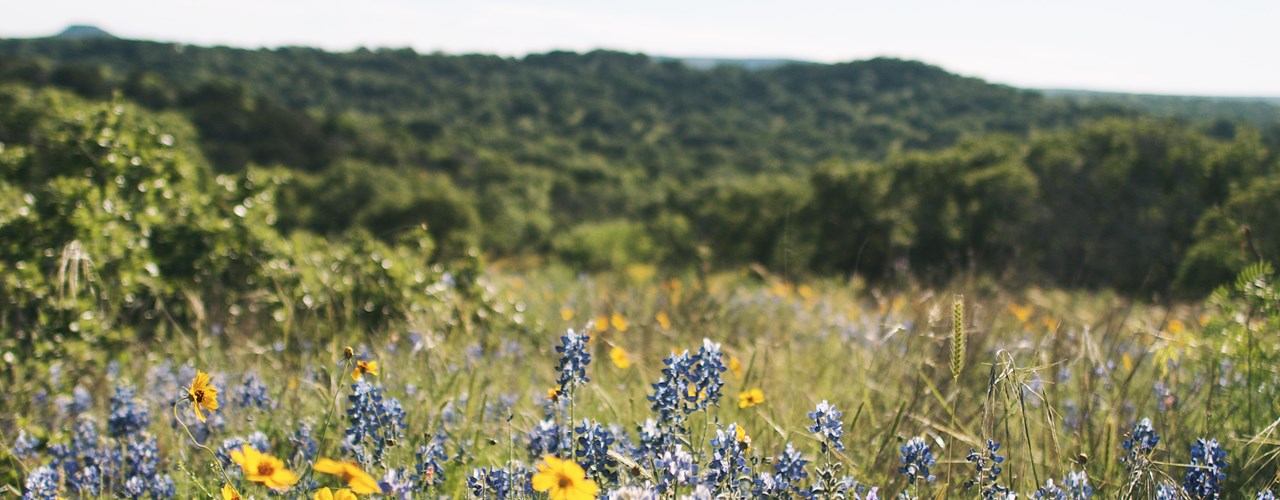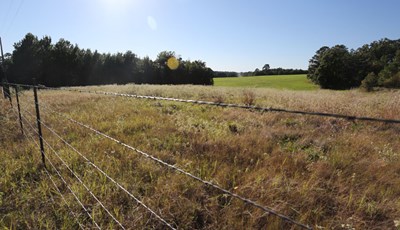Texas Land Trends meets Real Estate
There’s a continued trend around Texas in land use change and working land turnover. As the state experiences economic growth, and in turn a revolving population increase, there’s a climbing demand for rural land—and therein lies the bottom line: the resulting high land values don’t just encourage land conversion, but they create real incentives to subdivide or sell leading to fragmentation of larger pieces of Texas.
Earlier this year, NRI was invited by the the San Antonio Board of REALTORS® (SABOR) Farm and Land Committee to present the story behind Texas Land Trends: How and Why Texas is Changing. The SABOR is the largest professional trade organization in San Antonio and is the primary resource for finding a realtor, buying, and selling rural properties in the greater San Antonio area. Needless to say, this opportunity connected us with individuals who deal directly with changing landownership in Texas on a daily basis.
Presenting realtors in the room highlighted current rural listings surrounding San Antonio, noting that several were recently converted working lands or larger tracks subdivided and sold separately. These highlights were working examples of trends appearing throughout Texas published recently in our Texas Land Trends Reports. It was easy to identify where some rural working lands are converting to wildlife management or recreation areas, and where others are fragmenting into smaller properties for financial gain.
From their professional experience, realtors can spot the correlation between more people, rising demand and inevitable land conversion, but the value of choosing to preserve land as it lays isn’t always apparent. Rural working lands provide a critical role in providing water, food, energy, and national security to Texas, not to mention their benefit for recreation, wildlife, and air quality. Case in point: when a ranch 45 miles upstream from San Antonio effectively manages their rural land, the benefits cascade down to urban residents who may experience better water quality and access to fresh food. As rural lands change ownership, it’s vital to educate new landowners on the importance of land management and solutions to emerging natural resource challenges. With healthy open space comes great responsibility.
The landscape of Texas has changed over the last 50 years and current data suggests that the dynamic of open space will continue to transform, and urban counties in Texas are at a higher risk of being broken down to accommodate conflicting priorities. In this deal, it’s much easier to embrace expansion when it’s happening in front of your eyes, but devaluing silent ecosystem services will come at a cost. With continued projected population growth, as well as growth in energy industries that convert rural lands, fragmentation of rural lands is highly probable. We’ve already begun to see the challenges of fragmentation appear in our water needs and the shaping of impaired streams that could affect land value in the future.
As an institute working at the nexus of education, applied research and policy for private landowners and open spaces in Texas, we not only identify trends from the past, but we use data to build projections for the future. We plan to leverage our Land Trends and Demography and Private Land Stewardship programs to continue to improve the conservation, management of natural resources and land stewardship in Texas with the help of our partners on the SABOR Farm and Land Committee.
--
Edited by Brittany Wegner
--
The Texas A&M Natural Resources Institute grants permission for authors, readers and third parties to reproduce and republish materials from its blogs, publications and online products through permission requests to NRI Communications at nri@tamu.edu. This includes the use of figures, maps, photography and video media. If you have questions about permissions, please contact Brittany Wegner.






